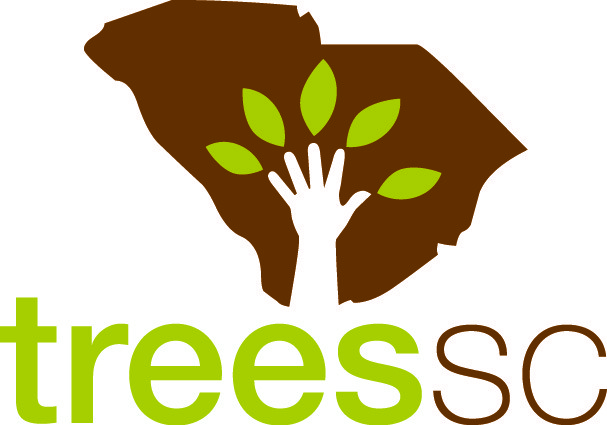By Dr. Bob Polomski, Clemson University

The Tree Book: Superior Selections for Landscapes, Streetscapes, and Gardens. Michael A. Dirr and Keith S. Warren. 2019. Timber Press, Inc., Portland, OR. 900 pages incl. index (scientific and common names), color photographs. $79.95 (U.S.), hardcover.
I am a lifelong fan of Dr. Dirr and Mr. Warren, legendary plantsmen who’ve enjoyed a 30-year collaboration. I pre-ordered my copy and looked forward to its arrival. Sadly, The Tree Bookleft me unfulfilled.
The layout of the book resembles Dirr’s Encyclopedia of trees and shrubs with introductory pages and an alphabetical listing of taxa arranged by scientific name. The Tree Bookfocuses on trees—woody plants equal to or greater than 15 ft. in height—and adapted to temperate regions in the northern hemisphere. The authors did not include a map.
In the first 26 pages Dirr and Warren discuss a range of topics: their reasons for writing the book, insights regarding the breeding, selection, and evaluation of trees, thecultural ecosystem services provided by urban trees, and explanations of cultivars, patents, trademarks, and provenance.
The attractive photographs in this section complement the text, but the staccato captions, especially those with punctuation errors, distracted me.
This introductory section lacked the horticultural banter between two illustrious horticultural heavyweights credited with 66 patented and trademarked plants.
An A-Z index of trees follows the introductory chapter. For each taxon, the opening paragraph summarizes noteworthy characteristics that include mature height and spread, form, growth rate, texture, and ornamental features.
It’s followed by a series of criteria reminiscent of Dirr’s magnum opus, Manual of Woody Landscape Plants: “foliage”, “flowers/seeds/fruits/cones”, “adaptability” (origin and habitat), and “landscape use”. The authors only define mature height and spread in the introduction, so the reader must assume they’re using 2012 USDA Cold Hardiness Zones.
The authors added two categories not listed in the Manual: “street tree use” and “in the trade.” The “in the trade” section provides propagation tips and cultivar descriptions.
The photo captions only have trademarked or cultivar names. I wished the authors provided informative captions, and even locations to answer the “will it grow around here?” question. Only one photograph in the entire book lists a location: spoiler alert—the U.S. National Arboretum.
This book has no bibliography, glossary, or any appendices of tree characteristics and functions.
This is not a “portable” 7.4 lb. book as asserted by the authors. Also, it cannot be used as your only source for selecting trees. The Tree Bookprovides an entrée to more than 2,400 taxa. Local and regional producers, practitioners, and specialists: individuals familiar with the nuances and constraints of their respective growing areas, must rely on their knowledge and experience to make the right choices.
Readers of The Tree Bookwill embrace the authors’ passion for the beauty and functionality of trees and will remain steadfast advocates of this Chinese proverb, “The best time to plant a tree was 20 years ago. The second best time is now.”

Recent Comments